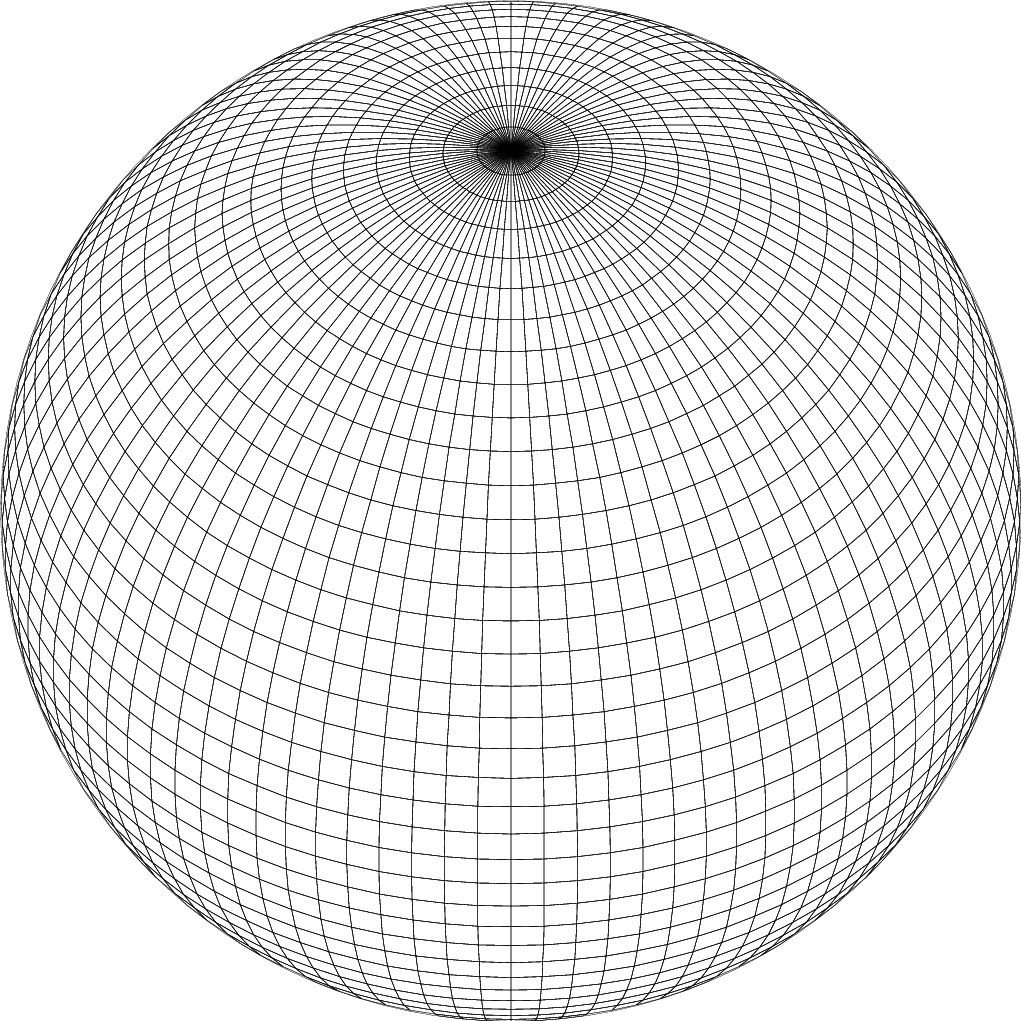This project is called Gung-Ho because we are boldly, ambitiously, enthusiastically – and some would say foolishly – creating a radically different weather and climate prediction model which will work efficiently on the next generation of massively parallel computers. This name came out of our kick-off meeting when we were questioning each other for being too Gung-Ho! The Chinese phrase Gung-Ho means working harmoniously together. We are doing that too … But why?…
Computers processors are no longer getting faster – there are just a lot more of them. Modern supercomputers consist of many thousands of processors all working in parallel. To run weather forecasting models on thousands of processors, the atmosphere is divided up into thousands of sub-domains and each processor works on a sub-domain, communicating the results to neighbouring processors.
The current Met Office forecasting model, one of the best in the world, uses a latitude-longitude grid on which to calculate the equations of atmospheric motion and temperature and hence predict the weather (see Figure 1). This simple structure makes the code efficient; for example, given any location on the sphere, a very simple calculation will tell you what grid box you are in. It is also accurate; for example in order to calculate the rate at which temperature is changing in the east-west direction, you can take a string of grid-points in this direction and get an accurate estimate. However there is a problem. If you are at a grid point close to one of the poles, you will need information from a large number of surrounding processors in order to be able to calculate the future atmospheric conditions at your grid point because the weather is dependent on weather that in the real world is local but that in the computer is spread across a number of processors. This means that there will need to be a lot of communication between processors, which slows down the supercomputer.
Figure 1: A latitude-longitude grid of the world with grid lines converging towards the poles.
This unavoidable problem with the latitude-longitude grid has motivated the Gung-Ho project: a joint project between the Met Office and seven NERC funded universities, including Reading and STFC. The aim is to design and build the next Met Office model that uses a quasi-uniform grid such as the cubed-sphere grid (see Figure 2). However this entails a complete re-write of the entire Met Office model, because assumptions about the latitude-longitude grid are made throughout the code. In addition, the geometry of the lat-long grid is an important contributor to the accuracy of the current model.
Figure 2: A cubed-sphere grid of the world, designed to have quasi-uniform resolution.
The Gung-Ho model will use mixed finite elements to achieve accuracy on the cubed-sphere grid. Mixed means that different functions are used to represent pressure and velocity. This ensures that waves in the atmosphere propagate as accurately as possible. The software design will ensure flexibility through a multi-layered, separation-of-concerns approach – in the future it will be possible to change aspects of the model such as the grid, the numerical method, the optimisation for a particular computer architecture, without having the re-code the entire model, just one layer.
So is it going to work? Are we creating another world beating model? Are we too Gung-Ho? One thing is for sure – there is passion for this ground-breaking new approach and the numerical weather prediction world is watching.


